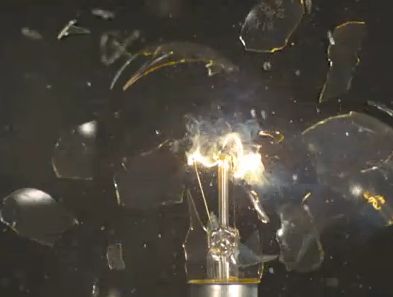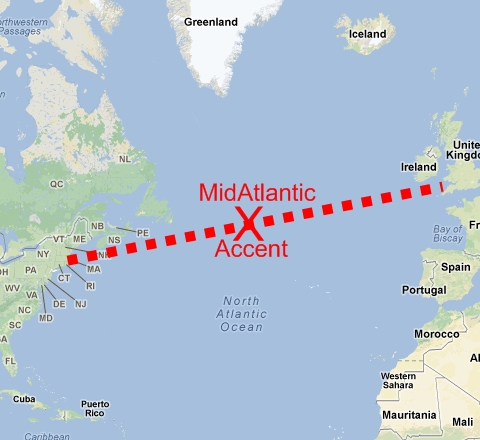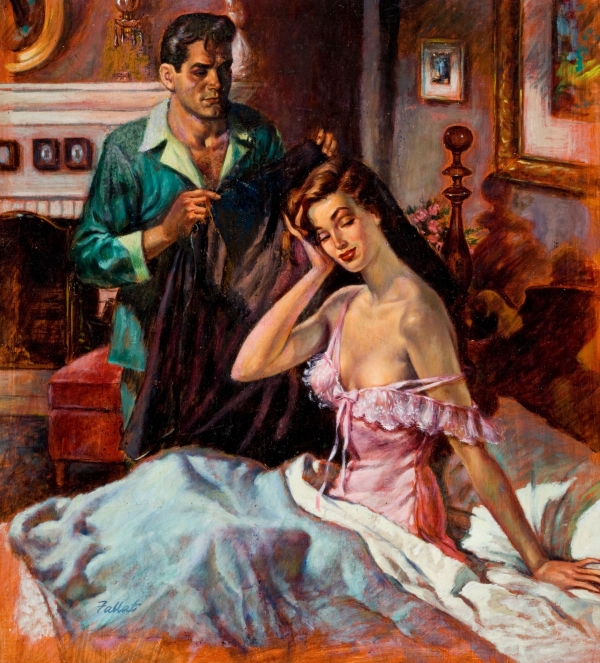
At my high school was a teacher named Richard Trumbly. It didn’t matter if you had him as a teacher or not–you knew Mr. Trumbly. He was famous.
He was famous for many reasons, but to pick just one? Well, he was famous for being nattily dressed and groomed–suits and pomaded hair–several full decades after dress standards for the entire world had relaxed. A good thumbnail description: Felix Ungar from The Odd Couple in a mossy-green suit and a precise MidAtlantic Accent.
He taught English and Theater in the large space above the grand and imposing 1930s, WPA-era auditorium. I don’t know the circumstances of this classroom, but I like to think that Mr. Trumbly had slowly taken ownership of this space by force of will.
Yet he was a great teacher. Not the “great” we use ten times a day, as in “Oh, this new pen is totally great.” He was great in the larger sense, a teacher who inspires and molds. You didn’t particularly like him. As a teenager, how could you? You were a smelly, prone-to-anarchy 17 year-old mangling the language at every turn. Mr. Trumbly was the bulwark, the rock of civilization. Mr. Trumbly never laid down the flag; never opened the gates to let the Visigoths through.
1. Err is Pronounced “URR”
We all pronounce it air. Wrong. It’s pronounced urr. Mr. Trumbly taught us that. But I don’t want to be a total dick, so I say air if at all.
2. Implosions Do Not Happen in Las Vegas
Not a Trumblyism, but I’m on the bully pulpit now and you can’t get me off. Implosion.
I realize I’m fighting a losing battle on the correct usage of implosion. An implosion is the opposite of explosion. In an explosion, things go outward. In an implosion, things go inward.
Best example: break a lightbulb. At the moment of implosion, the vacuum inside the bulb imperceptibly pulls the fragments inward. Then they go outward. Problem is, the impact of hammer, bullet, or table is a complicating factor that doesn’t let you see that inward motion. Second problem is that the vacuum is so minute that it doesn’t do much to suck the fragments inward.
So when you put explosives inside an abandoned Las Vegas hotel and set them off, you are exploding the building. Not imploding it. Isn’t it a tipoff that those things you put in the building are called explosives? It’s just by careful placement of explosives that the building happens to fall mainly inwards.
3. Jibe and Jive
What the hell, people? The meaning of jibe is “in accord with.” Throwing out some examples of right and unright usage:
Right: “This letter doesn’t jibe with my understanding of how I got fired.”
Wrong: “He is one jibe honky-cat.”
Right: “He is one jive honky-cat.”
Wrong: “This accident report doesn’t jive with my understanding of how the piano dropped on his head.”
4. And While We’re At It
I’m getting slowly madder, my face turning Trumbly-red.
Commas get omitted all the time. OK. But there is one instance that drives me bonkers:
Let’s get going people.
Tell me your secrets Jim.
Francis the talking mule is cute!
Whenever you’ve got a name or a person or a group or anything like that, separate it from the rest of the sentence with a comma, like:
Let’s get going, people.
Tell me your secrets, Jim.
Francis, the talking mule is cute!
Because you can also say “Francis The Talking Mule is cute!” Different meaning.
Whew. I’m tired. Being a bulwark against Visigoths really drains a guy.





